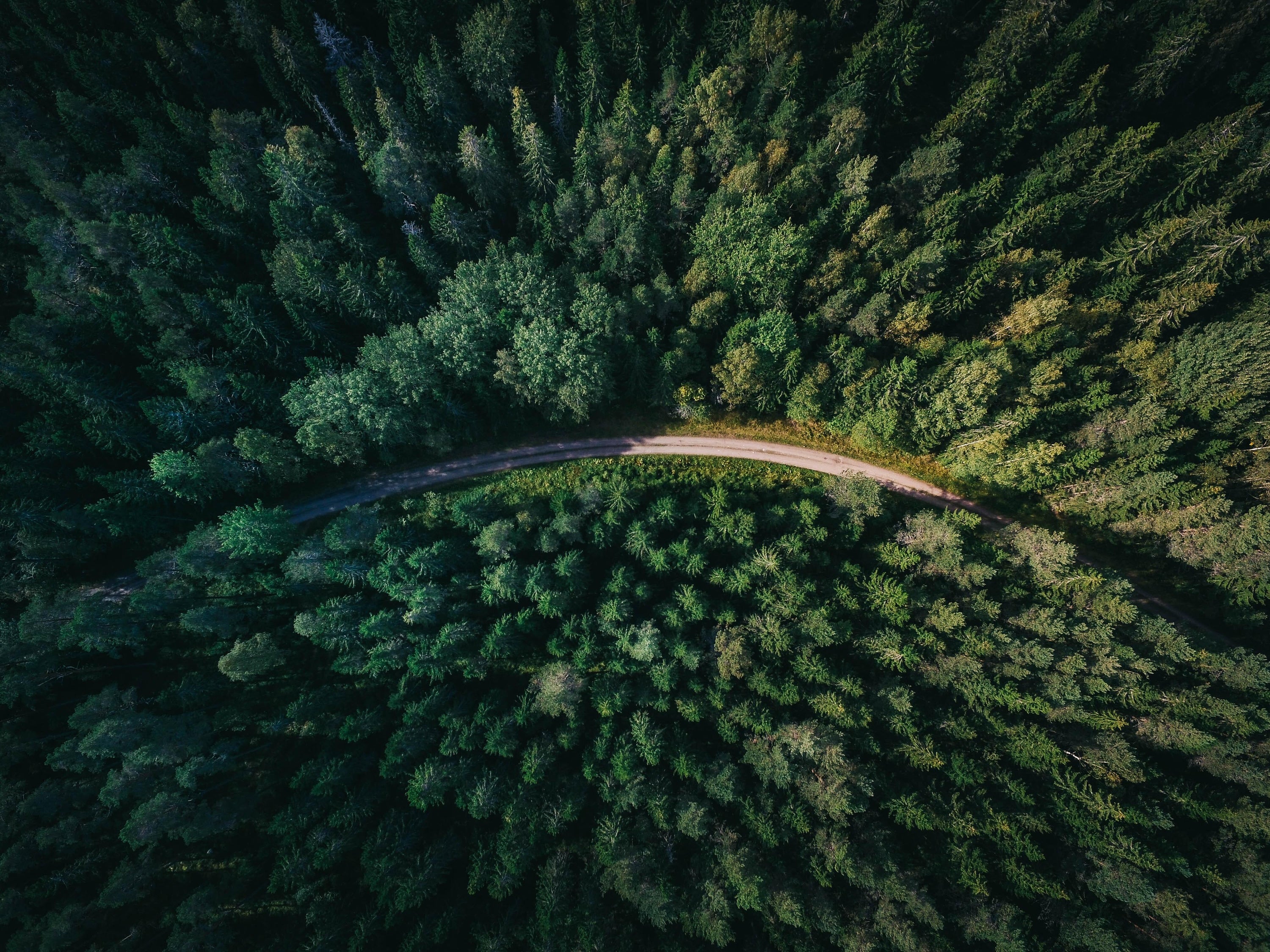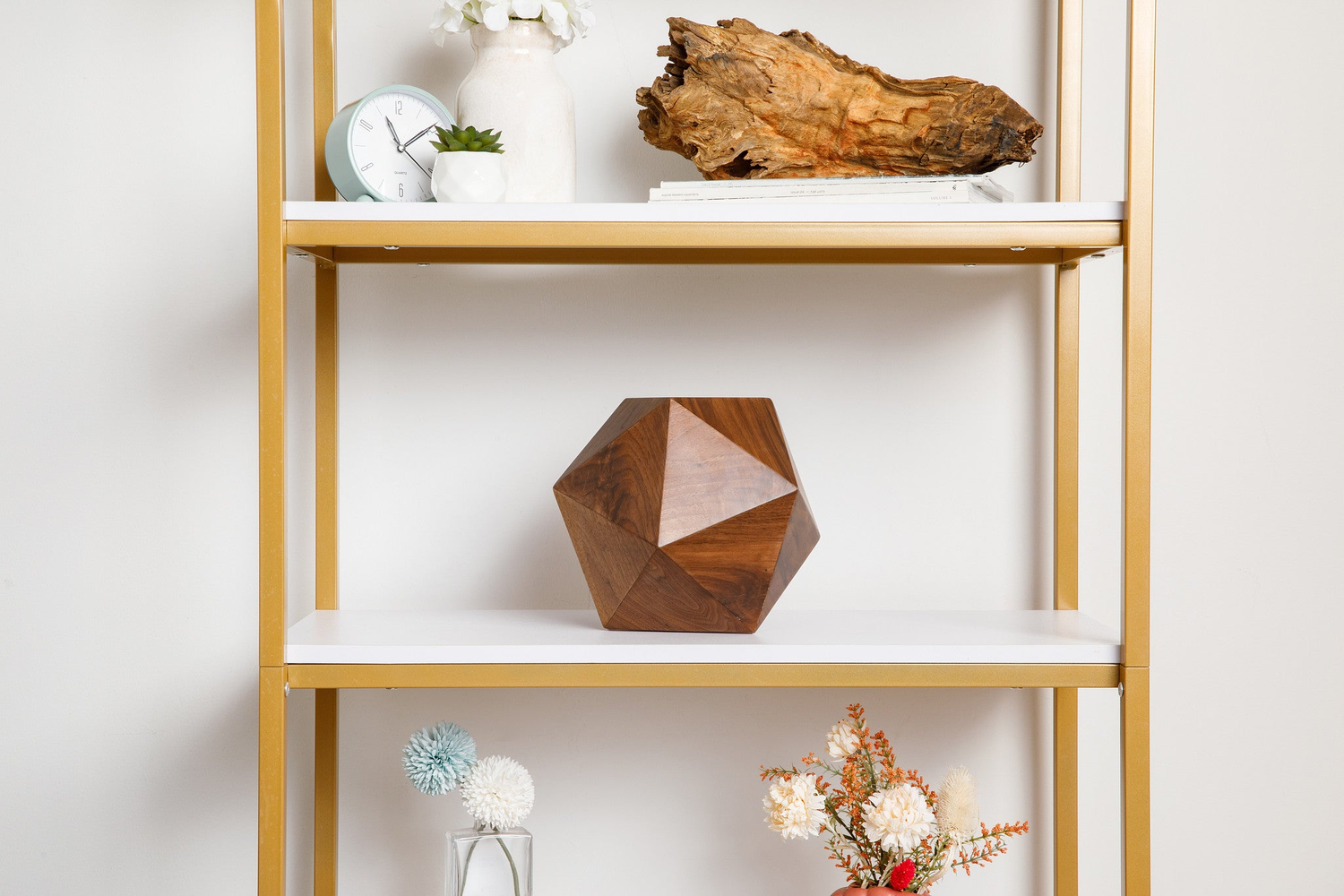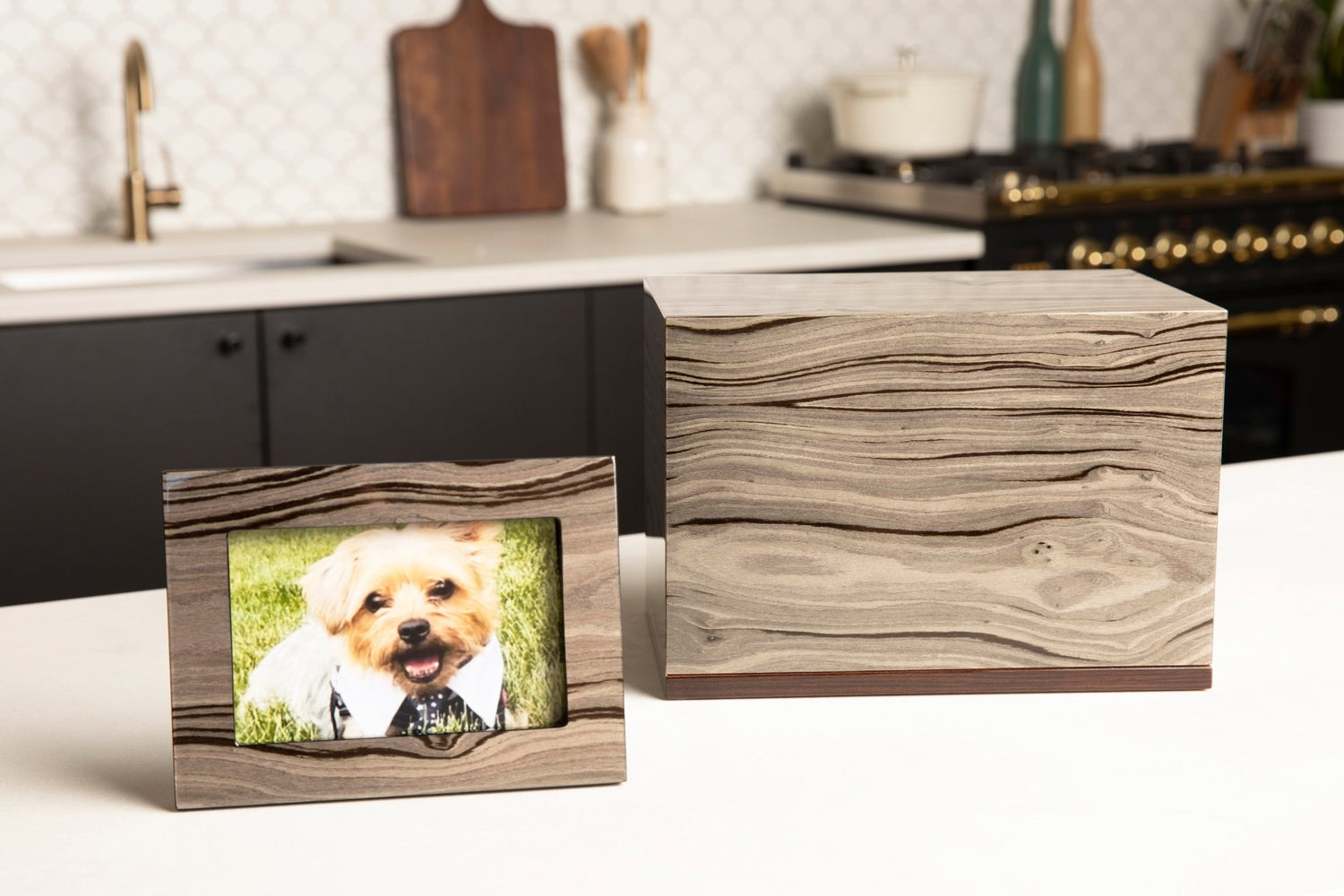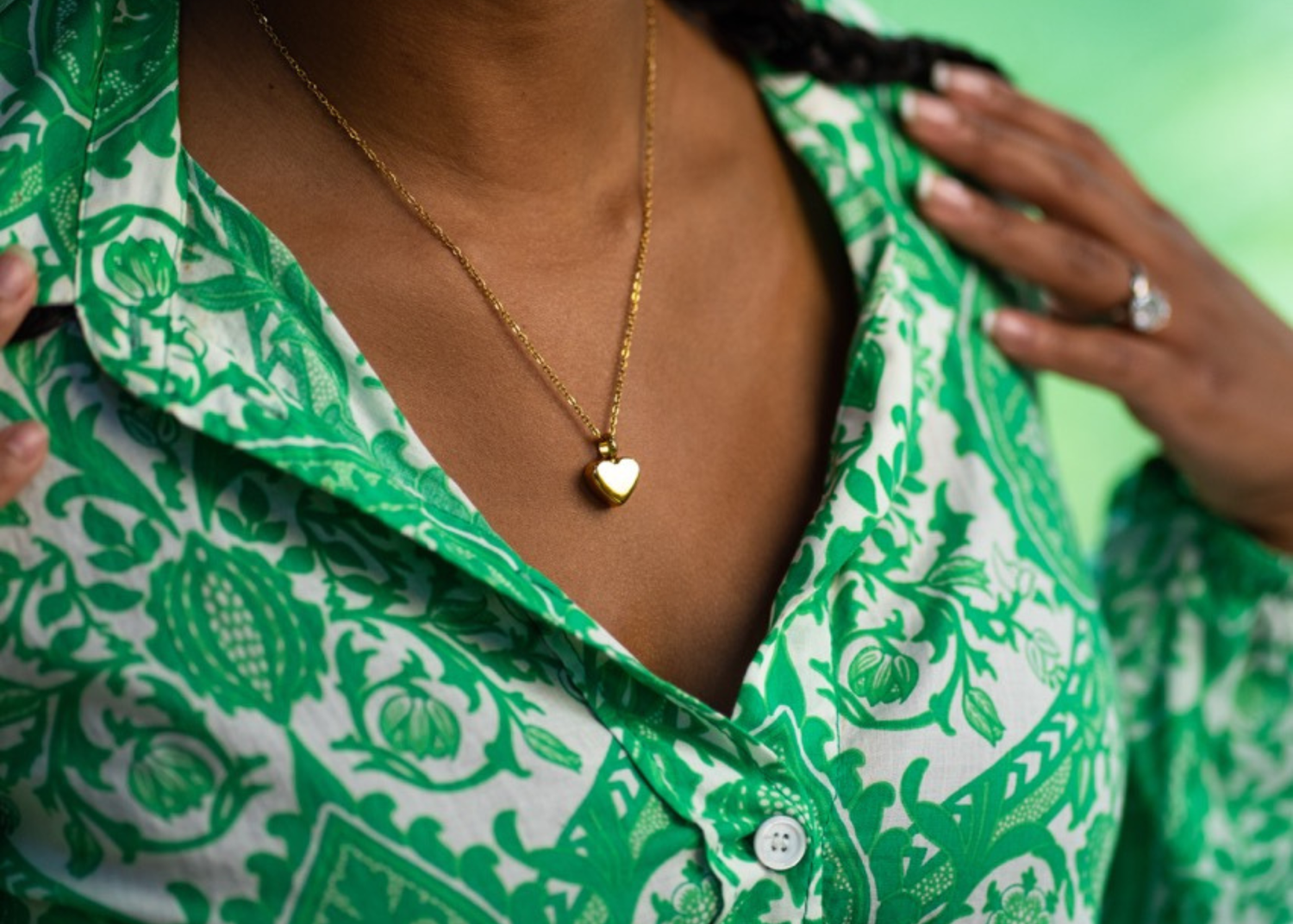An Environmentally Friendly Alternative for to Traditional Funerals
In 1941, Boy Scout founder Lord Robert Baden-Powell famously implored people to “leave the world a better place than (they) found it.” Even then, Baden-Powell stressed the importance of preserving the environment.
In today’s more disposable world, Baden-Powell’s advice is easier said than done. Nearly everything we do, from driving in our cars to what we throw away everyday to yes, afterlife ceremonies, has a negative environmental consequence. But there is one sure way to make the planet a little better; a “green” funeral.
Death rituals are as old as mankind itself. Preserving bodies for the afterlife dates back to Ancient Egypt, and cremation became a common practice in European countries during the Stone Age. However, modern burial and cremation practices are only about a century old and have surprisingly negative environmental consequences.
A green funeral is an environmentally friendly way to bury your loved one. This means using less material, biodegradable material or materials made with less toxins.
Traditional burial and its effect on the environment
There’s an excellent chance that your relatives and ancestors are buried in a cemetery. Today, only about one-third of the population opts for this traditional burial method.
One of the reasons traditional burials are falling out of favor is the cost. The average funeral burial costs approximately $8,000. However, price isn’t the only reason families are seeking alternative end of life plans; traditional burials have proven to have detrimental environmental impacts.
With most traditional burials, the body is preserved with embalming fluid to look as life-like as possible during the ceremony. Embalming isn’t always a necessary part of the burial process, but it’s essential for open casket funerals, or ceremonies that take place days after the deceased has passed.
Embalming fluids contain quite a few toxins that leach into surrounding soil and groundwater once the deceased has been buried, which ultimately leads to harmful contamination for local plants and animals.
Even without embalming fluids, traditional burials are far from green. Many caskets are reinforced with metals and are often set inside cement vaults or grave liners. This means that before the body returns to the earth, Mother Nature needs to fight her way through cement, treated wood, and metal.
Each year, millions of gallons of embalming fluids, tons of concrete and metals, and about 20 million feet of wood are used in traditional burials, each decomposing significantly slower than the body inside.
Cremation and its effect on the environment
Just under sixty percent of people choose cremation over traditional burials. Cremation is certainly a cheaper alternative, however how good is it for the environment?
At first glance, it's very good. After all, ashes don’t require a six foot hole or even a casket. So while some choose to bury the ashes, others spread the remains or keep them in a decorative urn.
Many assume that because cremated remains don’t require embalming fluid, caskets with treated wood or cement vaults, cremation is the more environmentally friendly option. However, this isn’t necessarily the case. The cremation process still requires a significant amount of fossil fuels (about the equivalent of two tanks of gasoline in a typical car), releasing millions of tons of carbon dioxide into the atmosphere each year.
What is a green funeral?
A green funeral is also a burial, but without all the unnecessary environmentally harmful extras. Not only that, but they’re also cheaper, which is one of the many reasons more than half of individuals in a study conducted by the National Funeral Directors Association are considering going green.
There are many different types of green funeral, and none involve metal lined caskets or cement vaults, which is certainly a step in the right direction. Below we’ve listed some of the most notable options for green burials.
Shrouds
The simplest green burial option includes wrapping the body in a biodegradable shroud. Shrouds are typically made from undyed cotton, bamboo, wool, hemp, or other organic materials. Some shrouds have pockets for trinkets, mementos, or religious symbols.
Additionally, some shrouds include biodegradable absorbent material (such as plant-based plastics or wood fibers) to help minimize leakage.
Typically, a backing board made of a single plank of unprocessed wood is buried with the deceased.
Wooden caskets
If a shroud is not to your liking, there are more traditional ways to remain green, like wooden caskets. Not only are wooden caskets cheaper than the more elaborate options, but they typically aren’t made with varnish, glue, metal or paint. Without any of these materials, wooden caskets are far better for the environment since, like other organic materials, they will decompose at a much faster rate and leave behind little synthetic residue.
Woven caskets
If you’re looking for something a bit more decorative yet still environmentally friendly, woven caskets are a great alternative to the above. Most woven caskets are made of materials like wicker, bamboo, or seagrass, making for an intricate and sustainable memorial.
Although the listed materials may seem feeble, these caskets are quite sturdy and can be customized to fit the personality of your lost loved one.
Cardboard boxes
Unadorned wooden caskets are certainly more environmentally friendly than their more ornate (and expensive) cousins, but there’s another option that decomposes even faster - cardboard.
Cardboard may seem impersonal, but loved ones often decorate the boxes before they’re lowered into the ground. If you choose to go this route, please note that not all cemeteries accept cardboard boxes, and even a sturdy cardboard box has a weight limit.
Tree pods
Like every living thing, humans are a part of the circle of life. As we decompose, we add nourishment to plants which in turn nourish other living creatures. Tree pods go beyond simple environmental responsibility; they honor the earth.
In this case, remains are buried inside a biodegradable, egg-shaped pod rather than a casket, and a sapling is planted above the grave. As the body breaks down, it becomes fertilizer for the tree.
Today’s end of life choices go far beyond traditional caskets. If you choose a green funeral for yourself or your loved one, you’re doing a tremendous favor to the earth and future generations.







